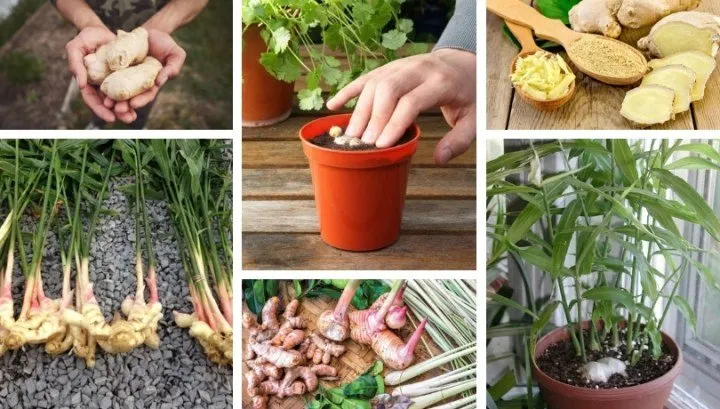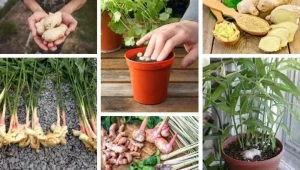
Ginger is a common component in many cuisines because of its distinctive flavor and myriad health advantages. Why not cultivate your own ginger instead of buying it from the supermarket all the time? Whether you have a large garden or little room on your balcony, growing ginger is a worthwhile and long-lasting project. You can have a constant supply of fresh ginger at home with a few insider tricks and pointers.
1. Picking the Correct Ginger:
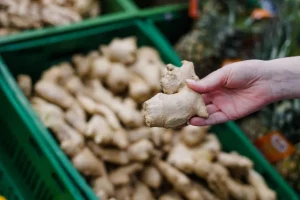
Begin by purchasing a fresh ginger rhizome from a reliable supplier. Look for rhizomes that are sturdy and fat with obvious “eyes” or growing buds. The best ginger is organic because it doesn’t include any chemicals that can impede growth.
2. Preparing the Rhizome:
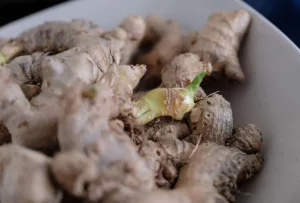
Soak the ginger rhizome in water for at least an overnight period prior to planting. The rhizome gets hydrated and activated as a result, which promotes the growth process.
3. Choosing a Pot or Garden Location:
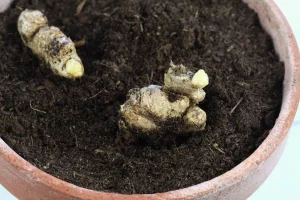
If you’re growing ginger in a pot, pick one that is at least 12 inches deep to allow room for the rhizome’s expansion. To prevent waterlogging, make sure there are drainage holes. Choose a location for your garden planting that has well-draining soil and some shade.
4. Soil Preparation Ginger grows best in organically rich, loose soil that drains well. To increase the fertility and drainage of the soil, incorporate compost or old manure.
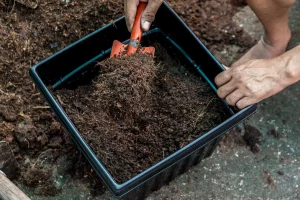
5. Planting the Rhizome: Set the eyes of the ginger rhizome up in the soil. Make sure that each piece has enough room to grow by burying it about an inch or two deep. Rhizomes can be planted in groups in pots by spacing them apart by a few inches.
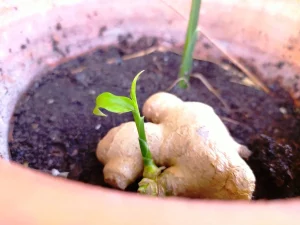
6. Watering: Ensure that the soil is continuously damp but not soggy. Regular watering is necessary since ginger enjoys a humid climate. Avoid overwatering to prevent the rhizome from rotting.
While ginger thrives in warm climates, direct sunshine can scorch its delicate leaves. By positioning the pot or plants in a location that receives filtered sunshine or shade for a few hours each day, you can provide partial shade.
8. Climate and temperature: Ginger does best in tropical and subtropical environments. Growing ginger in a pot enables you to bring it indoors during the winter if you reside in an area with colder winters. For optimum growth, keep the temperature between 75 and 85°F (24 and 29°C).
9. Fertilizing: During the growing season, feed your ginger plants with a balanced organic fertilizer every 4-6 weeks. This supplies the essential nutrients for developing healthy leaves and rhizomes.
10. Mulching: Use an organic mulch to cover the ginger plants in order to keep the soil moist, prevent weed growth, and preserve a constant soil temperature. Compost, wood chips, or straw are all good options for mulch.
11. Time and patience: Ginger grows slowly, so have some patience. Shoots typically sprout from the ground after a few weeks. Ginger plants can mature in 8 to 10 months, but you can pick immature ginger sooner if you’d like.
12. Harvesting:
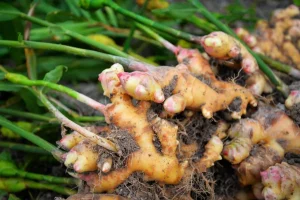
You can begin harvesting the ginger after the plants have reached maturity. To find the rhizomes, gently excavate the area around the plant. Take what you require, but leave some rhizomes in the ground so they can grow farther. Keep in mind to replant for an ongoing supply.
13. Storing Ginger;

Thoroughly wash and dry the ginger rhizomes before putting them away. They can be kept in a cold, dry area or frozen when wrapped in a paper towel and stored in a plastic bag. This prolongs their shelf life by several weeks.
14. Reproduction:
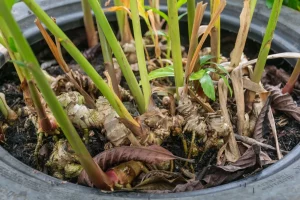
Your ginger plants will produce more rhizomes as they expand. These rhizomes can be divided and replanted to increase the size of your ginger garden or to give to other gardeners.
15. Play around and have fun: Ginger is a versatile food ingredient. Use it in sweets, curries, stir-fries, drinks, and other dishes. Discover new cooking techniques and enjoy the distinctive flavor of your homegrown ginger.
A rewarding experience, growing ginger at home gives you access to a constant supply of this flavorful and healing root. You can effectively grow ginger in a pot or in your yard by paying attention to these tricks and advice. Enjoy the bounty of locally farmed food, and give your dishes the vivid flavor of ginger.
